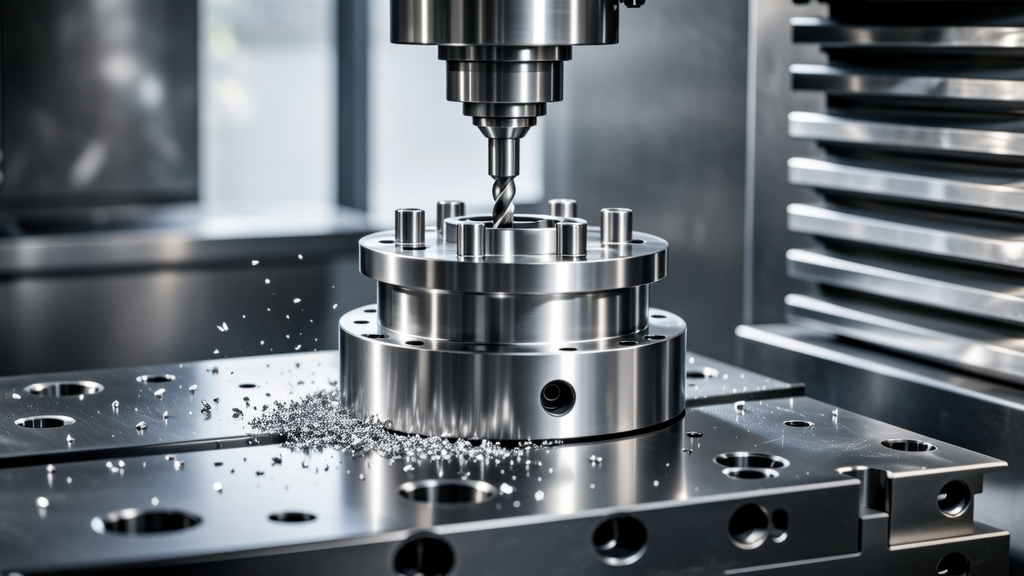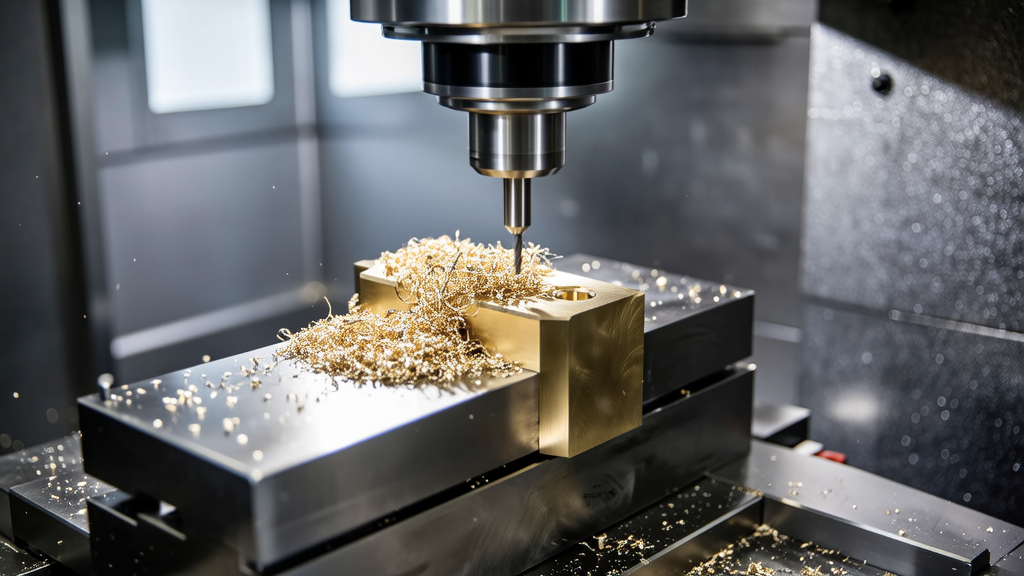As the CNC machining industry evolves, the importance of advanced technology cannot be overstated. This article delves into the critical role of 5-axis machining technology in the production processes of leading stainless steel manufacturers. We explore the unique advantages offered by 5-axis systems, including increased precision, reduced setup time, and the ability to create complex geometries that traditional methods struggle to achieve. We also examine how this technology influences manufacturing efficiency, cost-effectiveness, and competitive advantage in an increasingly global marketplace. As we approach 2025, understanding whether 5-axis machining is essential for top-tier manufacturers becomes crucial for B2B purchasing managers and engineers alike. Join us as we dissect the implications, challenges, and future trends of 5-axis machining technology and its indispensable role in high-quality stainless steel production.
Why is 5-axis machining technology important?
5-axis machining technology is essential because it allows manufacturers to create complex parts with high precision. This capability reduces the need for multiple setups, thereby saving time and increasing efficiency.
Moreover, it enables the machining of intricate geometries that traditional 3-axis systems can’t handle, making it a game-changer for industries requiring precision engineering.

What are the cost implications of adopting 5-axis machining?
While the initial investment in 5-axis machines can be significant, often ranging between $100,000 and $500,000, the long-term savings can be substantial. These machines lead to reduced labor costs, less material waste, and improved turnaround times.
Ultimately, this investment can enhance competitiveness and profitability, providing a compelling reason for stainless CNC manufacturers to consider it.

How does 5-axis technology improve manufacturing efficiency?
5-axis technology optimizes manufacturing by minimizing setup times and allowing for continuous operation. This efficiency means you can often produce parts in half the time compared to conventional methods.
Additionally, the ability to machine multiple faces in one setup leads to fewer handling errors and a more streamlined production process.
What types of industries benefit the most from 5-axis machining?
Industries such as aerospace, medical devices, and automotive see the most benefits from 5-axis machining. These sectors require high precision and the capability to manufacture complex parts efficiently.
For example, parts used in aerospace often have intricate designs and strict tolerance requirements, making 5-axis technology a necessity for leading manufacturers in this field.
Can smaller manufacturers afford 5-axis technology?
Yes, while the upfront costs might seem high, many smaller manufacturers find ways to finance these machines through leasing options or financing plans. Manufacturers can also consider used machines to cut down on initial investments.
In the long run, the productivity gains and quality improvements generally outweigh the costs, making it an attractive option even for smaller players in the CNC machining industry.








